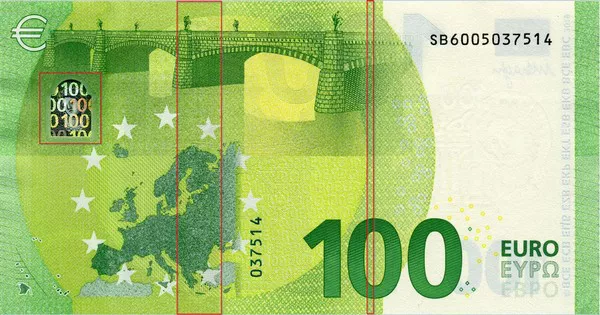As we enter the year 2023, market participants are eager to gauge the potential trajectory of the Euro. Will it strengthen or weaken against major currencies, particularly the United States Dollar (USD)? In this comprehensive analysis, we delve into several factors that could influence the Euro’s performance in 2023. By examining economic indicators, monetary policies, and global trends, we aim to provide insights into the prospects of the Euro and its potential for appreciation. However, it’s important to note that currency movements are inherently unpredictable, and multiple factors can contribute to exchange rate fluctuations.
Economic Recovery and Growth
The economic recovery and growth outlook play a crucial role in determining the direction of a currency’s value. Here’s a look at factors that could influence the Euro’s performance in 2023.
- Eurozone economic recovery: If the Eurozone experiences a robust economic recovery in 2023, characterized by strong GDP growth, low unemployment rates, and increased consumer spending, it could bolster the Euro. Improved economic indicators often attract foreign investment, driving up demand for the Euro and potentially leading to its appreciation.
- Global economic trends: The performance of major global economies, including the United States, China, and emerging markets, can impact the Euro’s value. Positive economic developments in these regions, such as accelerated growth and increased trade, can indirectly benefit the Eurozone and support the Euro’s upward movement.
Monetary Policies and Central Bank Actions
Monetary policies, particularly those of the European Central Bank (ECB), have a significant influence on the Euro’s value. Consider the following factors that could shape the Euro’s performance in 2023.
- Interest rate differentials: Divergence in interest rates between the ECB and other major central banks, such as the U.S. Federal Reserve, can impact the Euro’s value. If the ECB begins to tighten its monetary policy, raising interest rates in response to improving economic conditions, it may attract foreign investors seeking higher returns on Euro-denominated assets, potentially strengthening the Euro.
- Stimulus measures and quantitative easing: The continuation or modification of the ECB’s stimulus measures, such as asset purchases and liquidity injections, can impact the Euro. Any indications of scaling back or tapering these measures could be perceived as a sign of economic strength, potentially boosting the Euro’s value.
Geopolitical Factors and Risk Aversion
Geopolitical developments and global risk sentiment can significantly impact currency movements. Consider the following factors that may influence the Euro’s performance in 2023.
- Political stability in the Eurozone: Political stability within the Eurozone is vital for supporting investor confidence in the Euro. The resolution of ongoing geopolitical issues, such as Brexit, trade disputes, or internal conflicts, can have a positive impact on the Euro’s value, potentially leading to appreciation.
- Global risk sentiment: Market participants’ risk appetite and aversion play a crucial role in currency movements. If global risk sentiment improves, with reduced geopolitical tensions, increased trade cooperation, and overall market optimism, it could benefit the Euro as investors seek higher-yielding opportunities in the Eurozone.
Conclusion
Predicting the future movement of currencies, including the Euro, is inherently challenging. While analyzing factors such as economic recovery, monetary policies, and geopolitical developments can provide insights, it’s important to recognize the dynamic and unpredictable nature of the foreign exchange market. In 2023, the Euro’s performance will be influenced by a multitude of factors, including economic indicators, central bank actions, and global trends. As individuals, businesses, and investors navigate the currency markets, staying informed, monitoring economic indicators, and adapting to changing circumstances will be key to effectively managing currency risks and making informed decisions in the evolving global financial landscape.
Related Topics:

























